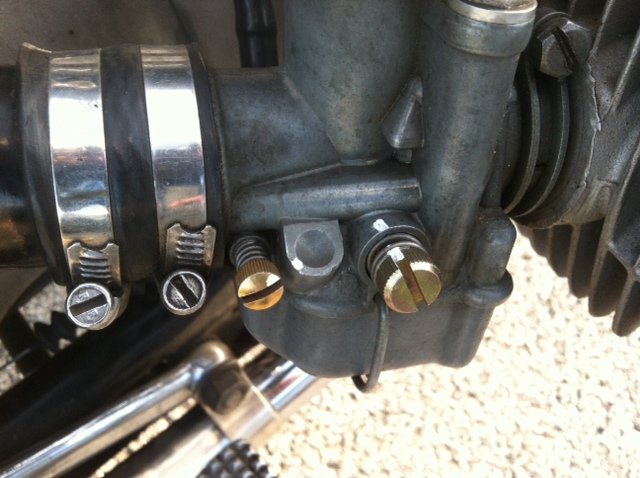kentuvman
New member
Thanks to James for suggesting disassembling the jet stack - with an ultrasonic cleaner & compressed air bike is now running very decent.
Not quite sure about the adjustment screws but will delve a bit more into it - at least both sides are now adjustable.
Needle position - I read online if my carb is #2/36/222 or 112 that needle should be in position #2 - that's where it is now.
If I move needles to position #3 what will change - understand the mixture is a leaner at #3 - how will this affect the adjustment screws?
Not quite sure about the adjustment screws but will delve a bit more into it - at least both sides are now adjustable.
Needle position - I read online if my carb is #2/36/222 or 112 that needle should be in position #2 - that's where it is now.
If I move needles to position #3 what will change - understand the mixture is a leaner at #3 - how will this affect the adjustment screws?



